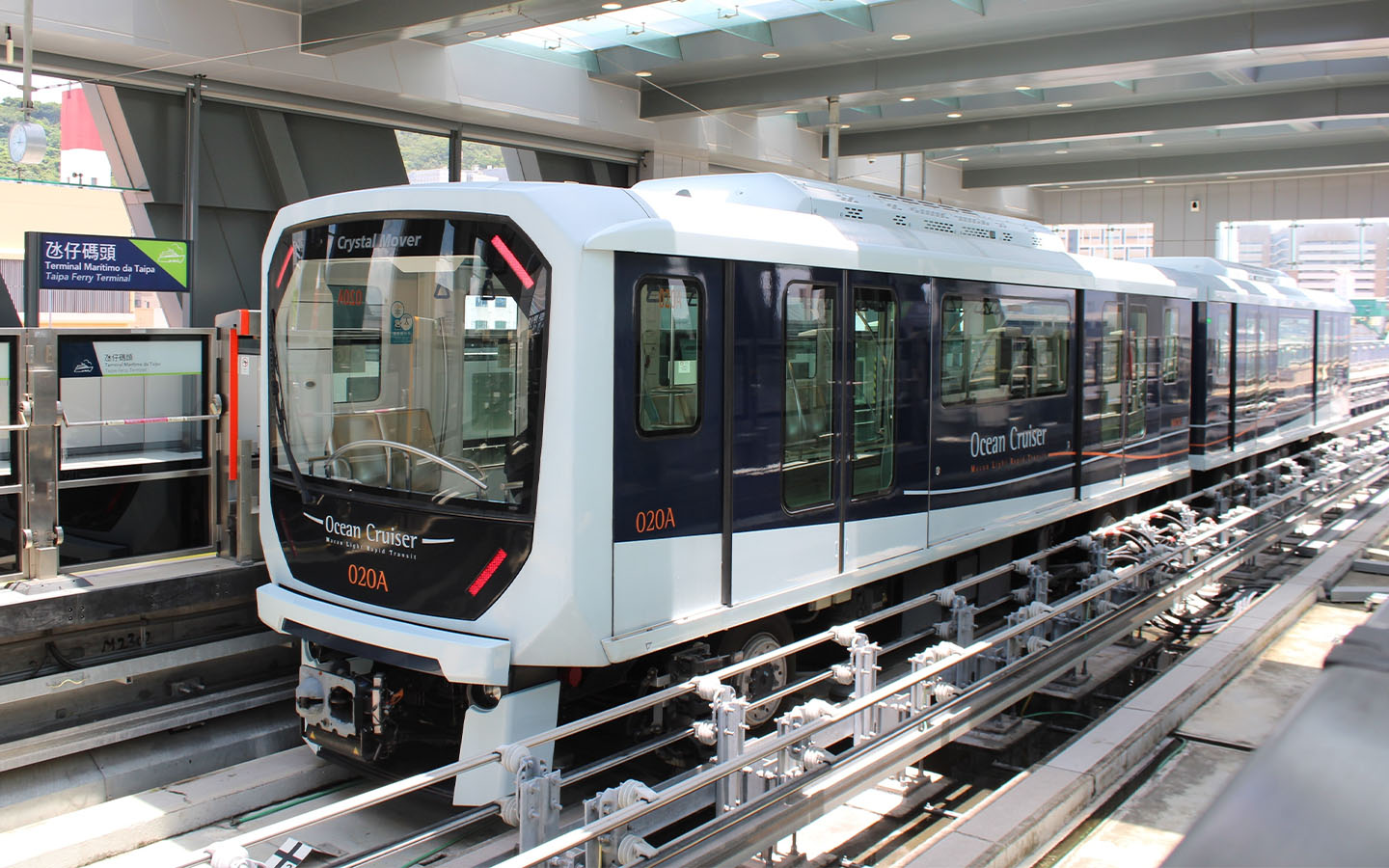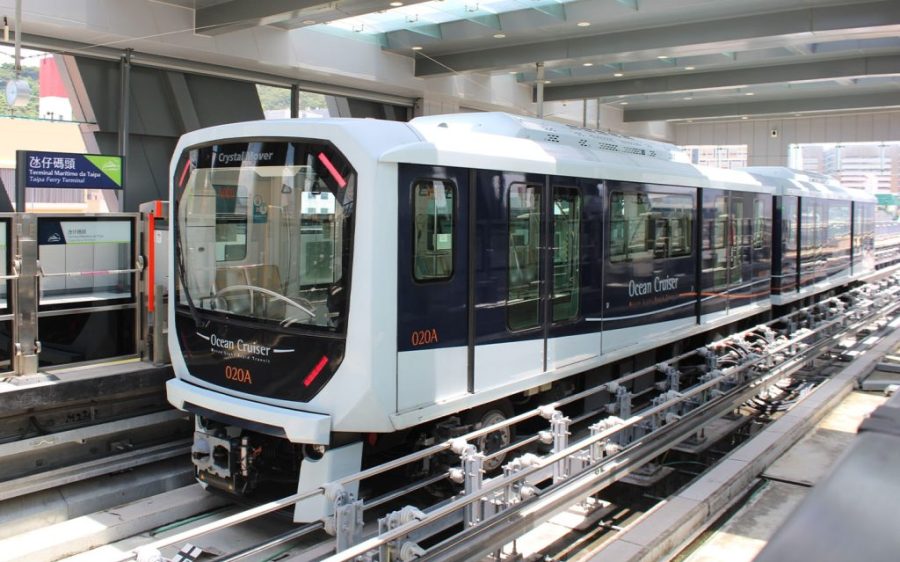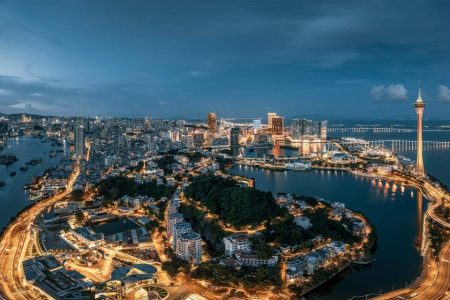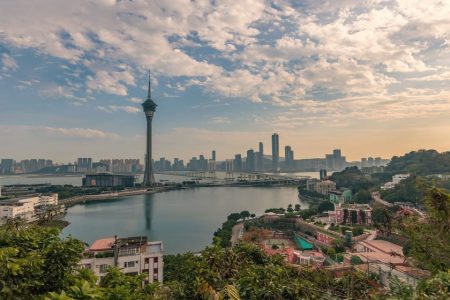The Macao Light Rapid Transit (LRT) carried a daily average of 27,600 passengers in August, according to data from the railway’s operator.
This figure is only second to the all-time daily record of 33,000 passengers, which was clocked during the LRT’s first month of operation in December 2019, when rides were offered free-of-charge.
August’s average also represents a surge of 7,300 travellers in comparison to the 20,300 passengers registered the month before.
Overall, the LRT has performed strongly so far in 2025, with the network registering its third-highest passenger rate in February, when around 27,100 people boarded the trains each day.
With the exception of June, when the daily passenger rate averaged 19,800, all other months have exceeded the 20,000 mark so far this year.
For much of its history, Macao’s LRT has suffered from low-ridership due to various factors, including the Covid-19 pandemic, which broke out shortly after the network was inaugurated.
During the pandemic, passenger levels dwindled to as low as 1,100 per day. Since the lifting of all Covid restrictions in early 2023, the LRT has seen a gradual bounce back in the number of riders, with the system transporting roughly 5.37 million people in 2024 – 117 percent more than the year before.
[See more: Transport secretary gives the latest on Macao’s LRT expansion plans]
The opening of new routes that extend beyond the original Taipa Line has also helped to attract more riders. For instance, the opening of the Barra extension in late 2023 resulted in a nearly 114 percent increase between November and December, from 6,500 13,900 people.
A similar trend was apparent last year during the inauguration of the Seac Pai Van Line in November and Hengqin Line in December. Between those final two months of 2024, the ridership grew by 36.6 percent, from 16,900 to 23,100 passengers.
Although passenger numbers have been on the rise, the LRT continues to rely heavily on government funding. Last year, the train network reported a revenue of 770 million patacas (US$95.33 million), of which 678 million patacas (US$83.94 million) consisted of financial assistance from the government.
In the coming years, Macao’s LRT system will expand further. Construction of a LRT East Line that connects the Border Gate with the as yet unnamed artificial islands known as Urban Zone A and E is currently underway, with the route set to open in 2029.
Earlier this year Raymond Tam, the secretary for transport and public works, mentioned other potential LRT projects, including a Qingmao extension for the LRT East Line, as well as LRT South and West lines.
While no specific details have been announced, a South Line would connect the Hong Kong-Zhuhai-Macau Bridge to the Eastern District and the Outer Harbour Ferry Terminal, as well as to the Sai Van and Nam Van districts. Meanwhile, a West Line would cut through historic districts such as Fai Chi Kei, Red Market, Praia Manduco and Barra.






